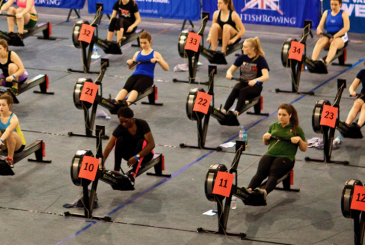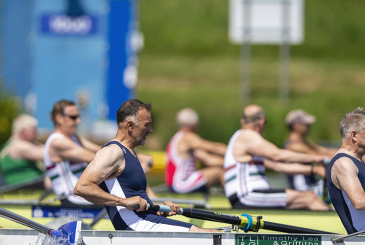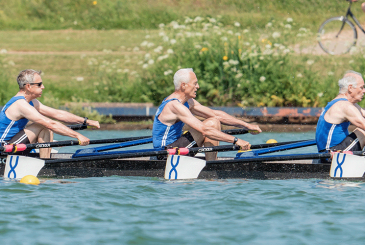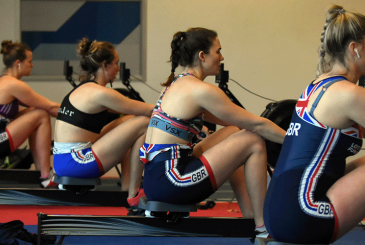Since the first lockdown our training habits have changed. In this article Sam Boylett-Long talks through alternative methods of training for those who no longer want to go to, or have access to, a gym
At the start of the pandemic, athletes without the luxury of home gyms or access to bars, bumpers, and weights equipment, were left unsure of how best to hold on, let alone improve, their strength or physicality at home. Many athletes adapted to this challenge and subsequently with the re-opening of gyms or facilities have found themselves without a desire or need to go back. Whilst the training practices of individuals have changed, what should athletes consider when planning to maximise their training from home?
When planning or programming resistance training, whether your aim is strength, power or speed, the body requires some form of overload. If you continue doing the same volume or intensity of work with the same exercise selection for a prolonged period, you run the risk of plateauing or training stagnation.
How to create overload
Overload can come in many forms, increasing the volume of work via sets or reps at a given load, increased session frequency, increasing the load or intensity with volume staying constant, increasing the intensity via exercise selection (e.g. height of a drop jump) or increasing the time under tension using tempo-based training, to name a few.
It’s worth noting that…the repeated jumps can aid the transition between catch and leg drive more
Typically, when training from home with minimal equipment you aren’t going to be able to drive overload by increasing intensity from external load as you’re limited by the weight you can use for the exercises you have chosen. Even if you have access to a few resistance bands, light kettlebells, or a rucksack you can fill with items found in the home, you are likely to reach a point where you can’t increase that load further. Below, I will provide some concepts of how to create overload using common exercises as examples.
What about the difference between strength and power training at home?
Depending on your goals, even with home training with minimal kit we can push more towards power/speed development or increased strength. To push for changes to your power or the speed you can produce force, it is all about driving the intent to move, jump, push or pull as fast and hard as you can. A good example of this would be repeated counter movement jumps (CMJ), whereby the intent should be to jump as high as you physically can, hit the floor and spring straight up in the air.
In terms of how to programme for power or speed, I would advocate using less reps and more sets so that you can fully recover, or as close to fully recover in between sets. This might look like 6 sets of 4 repeated counter movement jumps with a 2–3-minute recovery for example. If we change the recovery time to 15 seconds or increase the reps to 15, we immediately alter the adaptation to that of metabolic conditioning/lactate accumulation. It is important to note how the goal or adaptation can change with even those smaller shifts in recovery times or rep ranges.
If [a bar and plates] is outside of your budget, the next best thing would be a range of kettlebells, a pair of lighter ones and a heavier single
Another good method of improving power or the speed of force generation is using paused squats or jumps. Like the repeated CMJ above, it is all about the intent to move fast that drives adaptation. Both the paused squat and squat jump have the same start position, the main difference would be the load used in the squat (if available at home). Athletes should be still at the bottom of the squat/catch position for one to two seconds before ascending, pushing the floor away as hard as possible.
It’s worth noting that not all jumping exercises are equal, for example, the repeated jumps can aid the transition between catch and leg drive more so than the pause squat variations. So there are also the technical goals from the ergo/water which can be improved by the style of jumps selected for the on-land training programme.
In terms of pushing overload for power development, using light kettlebells/dumbbells or a rucksack filled with ~5Kg of books etc. would be a good place to start. Using jumps, you don’t need a large external load to progress.
To drive overload for strength at home, looking at the table below there are a few methods we can use.

The methods are all slightly different but just using the squat as an example we can perform a Giant Set, completing as many reps as possible in one set, Normal reps using tempo-based training, so descending for 3 seconds, and then standing back up under control for 3 seconds, through to using a Mechanical Drop Set if you have access to kettlebells or bands. Below you will find links for some of the other more technical methods. I would suggest trialling some of the easier methods (highlighted green) before moving onto the some of the more advanced methods (amber/red RAG rating).
The main driver for strength change is by increasing the time the muscle is under mechanical tension, so the eccentric or isometric based methods work well if strength or increasing force production is your main aim. I’ve written an example programme that uses a variety of methods for lower & upper body strength training for an intermediate athlete during the second lockdown period.
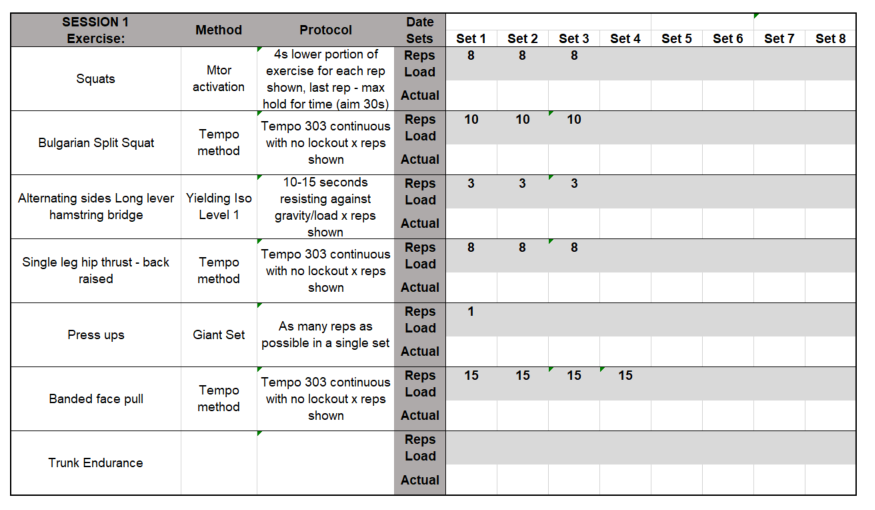
Fitting the above example into your weekly schedule might look like three to four sessions per week if you are really trying to push on your physicality, whether that’s strength or power. Depending on your weaknesses e.g. lower body or upper body, you can write your programme accordingly to have a bias towards that area. You may want to work on lower body power but upper body strength which may look like two upper body sessions, two lower body sessions and a mixed session etc.
If you were interested in purchasing some equipment for a home gym, I would highly recommend a bar and small selection of bumper plates. If that is outside of your budget, the next best thing would be a range of kettlebells, a pair of lighter ones and a heavier single.





